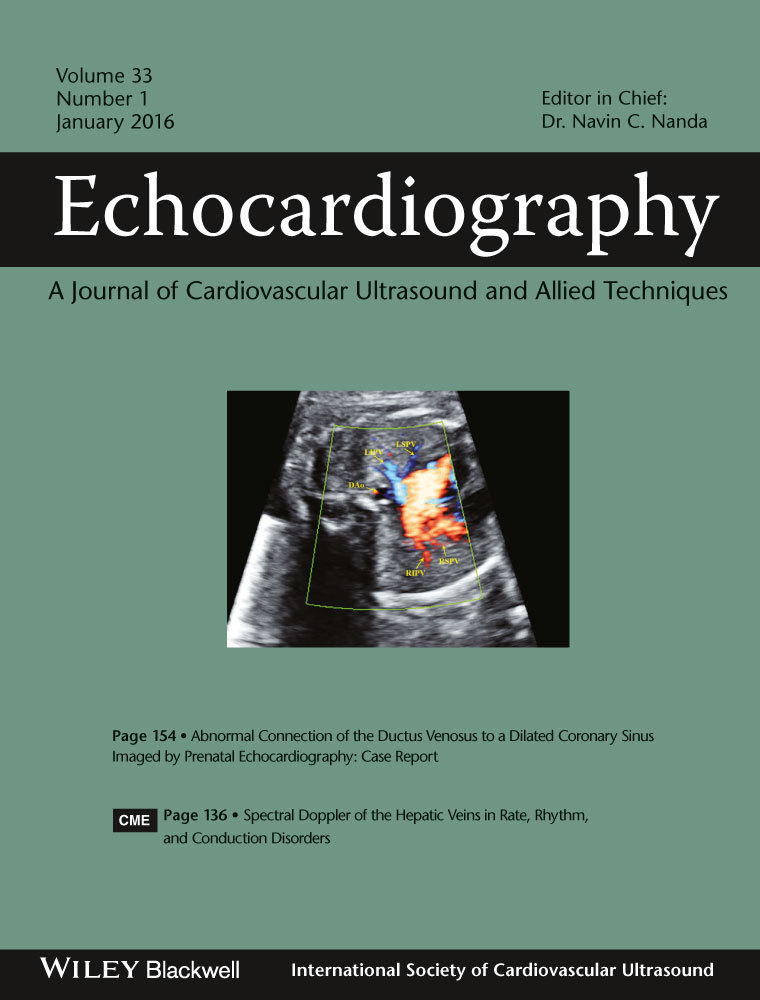Utility of Isovolumic Contraction Peak Velocity for Evaluation of Adult Patient Status after Transcatheter Closure of Atrial Septal Defect
Abstract
Background
Transcatheter closure is a well-established treatment for patients with atrial septal defect (ASD), but long-term outcome prognostic factors for adults have not been fully identified yet.
Methods
Forty-nine consecutive patients (age 57 ± 17 years, 59% female), who underwent transcatheter closure of ASD, were the subjects of this study. Transthoracic echocardiography was performed before and midterm after the procedure (6 ± 1 months). Isovolumic contraction peak velocity (IVV) was measured at the lateral site of the tricuspid annulus using spectral tissue Doppler imaging, and ΔIVV was determined as the absolute change at midterm follow-up. Long-term unfavorable outcome events, tracked for 19 ± 9 months, were prespecified as primary end points comprising newly developed atrial fibrillation, cerebral infarction, and heart failure.
Results
Symptomatic improvement, defined as an improvement in New York Heart Association functional class by one grade or more at midterm after the procedure, was observed in 24 patients (49%), and the remaining 25 (51%) were classified as not symptomatically improved. ΔIVV was significantly larger for patients with symptomatic improvement than for those without (from 11.5 ± 4.3 cm/s to 14.2 ± 3.7 cm/s vs. from 11.8 ± 4.1 cm/s to 12.5 ± 2.9 cm/s; P = 0.045). An important finding of the multivariate Cox proportional-hazards analysis was that only ΔIVV was independently associated with cardiovascular events (HR: 0.701; 95% CI 0.537–0.916; P = 0.01). Kaplan–Meier analysis showed that more patients with enhanced ΔIVV presented with favorable long-term outcome than those with diminished ΔIVV (log-rank P = 0.0001).
Conclusions
IVV, which is a less volume-sensitive parameter, can be useful for comprehensive evaluation of ASD patients referred for transcatheter closure.




